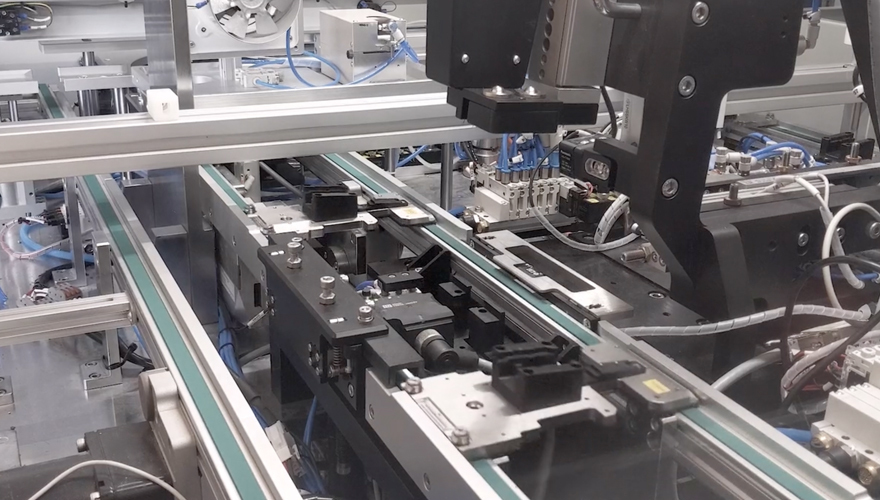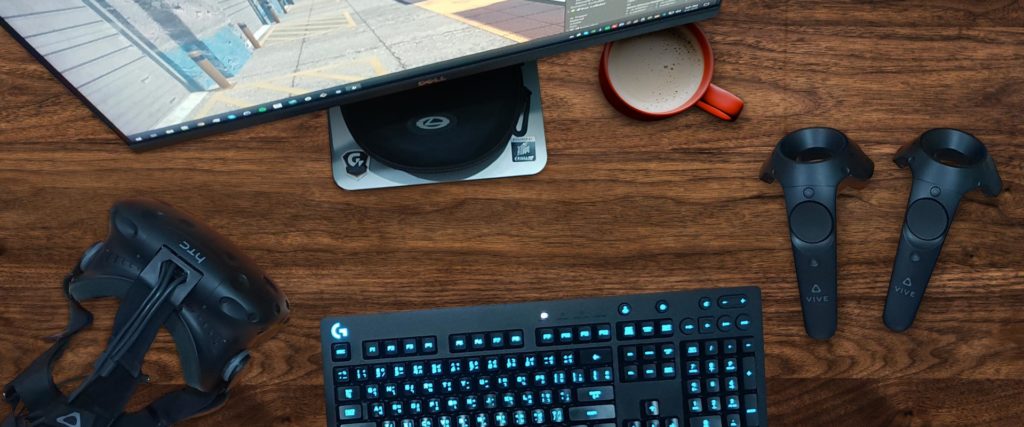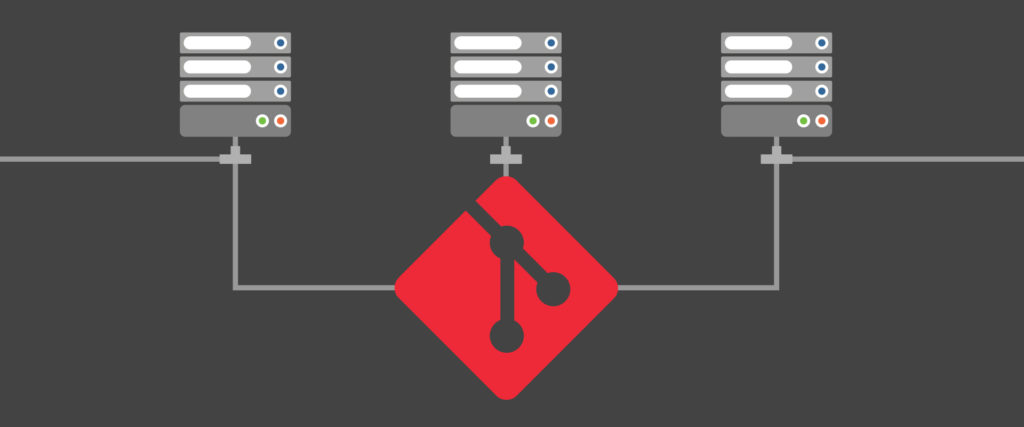Article
14 Examples of Edge Computing’s Growing Impact

Many emerging technologies have reached a bit of a standstill in terms of getting things out of the lab and into the real world.
Technologies like AI, AR/VR, Internet of Things (IoT), and fully self-driving vehicles simply aren’t able to provide the experiences that consumers and businesses want without a new way of computing.
Enter edge computing.
When done correctly, edge computing technology can help solve this problem. It pushes everything onto the physical devices that make up these systems, reducing how much these technologies rely on outside forces. With edge computing, our devices would be able to do more without having to communicate with a cloud server or external service.
Here are 14 examples of how edge computing is expected to impact our personal and professional lives.
Internet of Things (IoT)
- Hewlett-Packard made a recent announcement for its plan to invest $4 billion into its Intelligent Edge department, which offers edge computing solutions like data storage and computing where the data is being collected.
- FairCom—a company that specializes in database technology—recently introduced the c-treeEDGE IoT database solution. It enables businesses to deploy their edge computing databases at the gateway level.
- Crown Castle and American Tower—two of leaders in the cell tower industry—have shown an interest in edge computing technology and 5G use cases.
- Portland-based startup Rigado managed to bring in more than $15 million during an investment round. This money will go towards the IoT industry, specifically edge computing services that enable things like smart buildings, asset tracking, connected retail, and more.
Networking
- While working on a solution for trading cryptocurrency, Acute Angle ended up creating a new form of cloud infrastructure. This new kind of cloud technology would provide all of the traditional features of a cloud, but instead of their being a central cloud server, the cloud would be made up of all of the connected devices.
- LinkedIn thinks that edge computing is the future of modern data centers, believing that it will enable processes to be completed at cell towers before data is ever sent back to internet-based companies.
- Last year, Cisco unveiled its Edge Computing Gateways, which are small hardware devices that can be used to perform computing processes locally within an IoT network.
- The Cisco C-Series C4200 multinode rack server is a new device for IoT that provides 128% more processor core density and 33% more memory compared to previous models, stretching the edge computing possibilities even further.
Infrastructure/Machine Learning
- In 2018, SWIM.AI—an AI and edge computing firm—unveiled a set of IoT and smart city solutions. These services use SWIM.AI’s EDX software to push analytics, machine learning, and computing to the edge of IoT. These services are helping to make smart cities a reality by bringing IoT applications like water and energy management to the urban landscape.
- Renovo is a company that offers an open-source autonomous vehicle platform. They’ve partnered with edge computing provider EdgeConneX to push as many of the processes in self-driving vehicles onto the vehicle itself. This helps reduce latency and bandwidth while opening the door for revenue to be made from vehicle data.
- NXP Semiconductors—a secure connectivity solutions provider—has partnered with several global systems providers to create a secure infrastructure for edge computing. This solution will bring machine learning and artificial intelligence to the edge of IoT.
Consumer Devices
- Safe and effective autonomous vehicles have to be able to make near-instantaneous decisions and calculations. This can’t be achieved by sending and receiving data through a cloud server while the vehicle is in motion. The data processes for finding routes, using AI, and preventing accidents need to happen on the vehicle itself. Edge computing could bring new capabilities to self-driving vehicles and help move the industry forward.
- As AR/VR experiences become increasingly popular and advanced, the devices themselves will need to become more powerful to keep people immersed. Right now, very few AR/VR devices can be used without a connection to a host computer. Edge computing technology will help push all of the processes onto AR/ VR headsets.
- Personal assistants like Siri, Alexa, and Google Assistant spend a lot of time communicating with cloud servers to accomplish requests. This is why you may find them less helpful when you’re outside of wifi or cellular services. With edge computing technology, these assistants would be able to perform most or all of a user’s requests without the need to connect to the internet.
Conclusion
With more and more IoT devices in circulation today, edge computing is impacting how companies build their systems. The rising demand for quicker, more efficient services and content delivery will make businesses respond by investing in edge networks. Companies that fail to invest in edge computing could find themselves scrambling to catch up in the coming years.
We’re excited about the new opportunities for edge computing and believe businesses have only scratched the surface.









